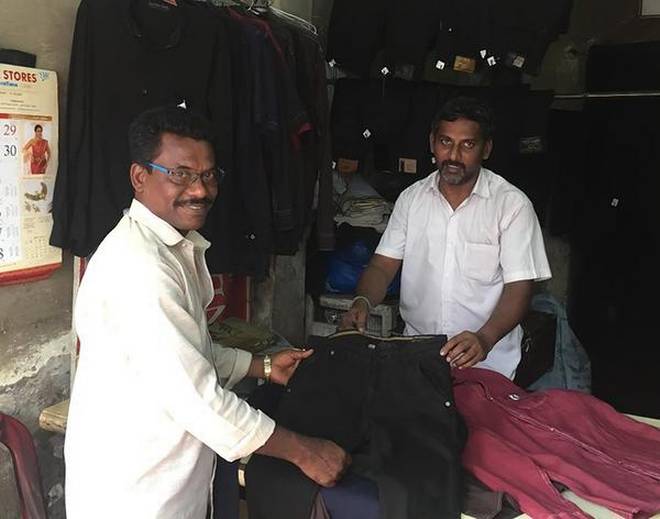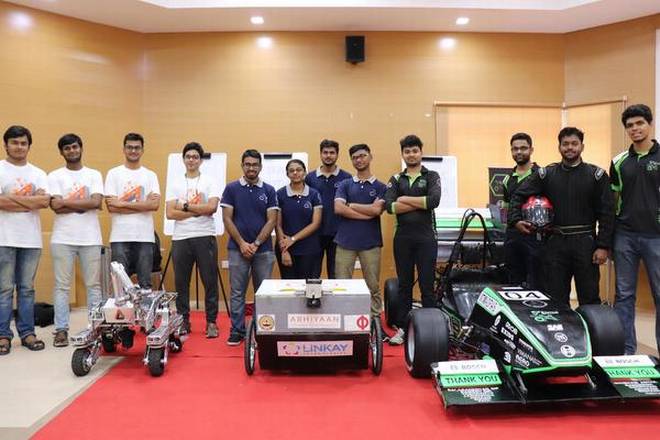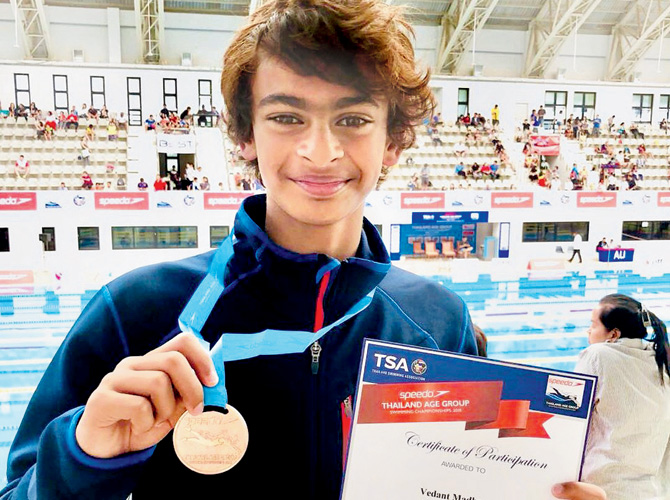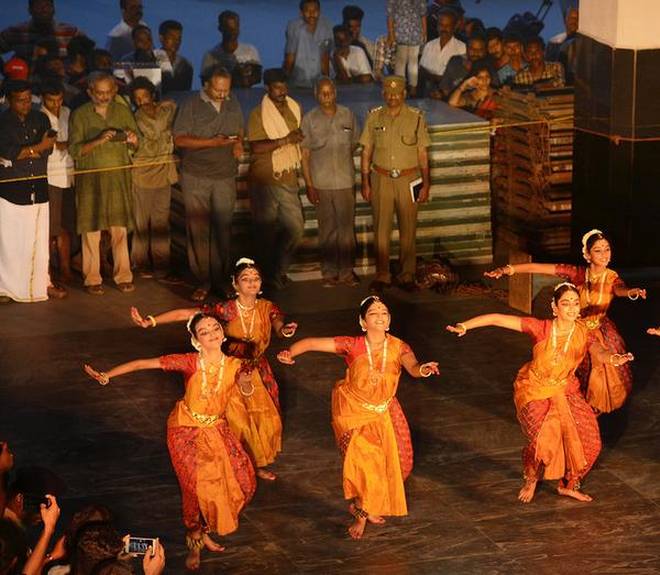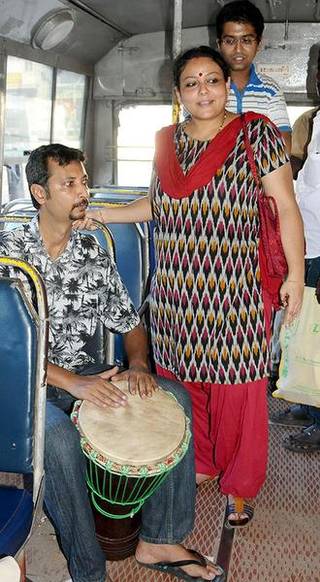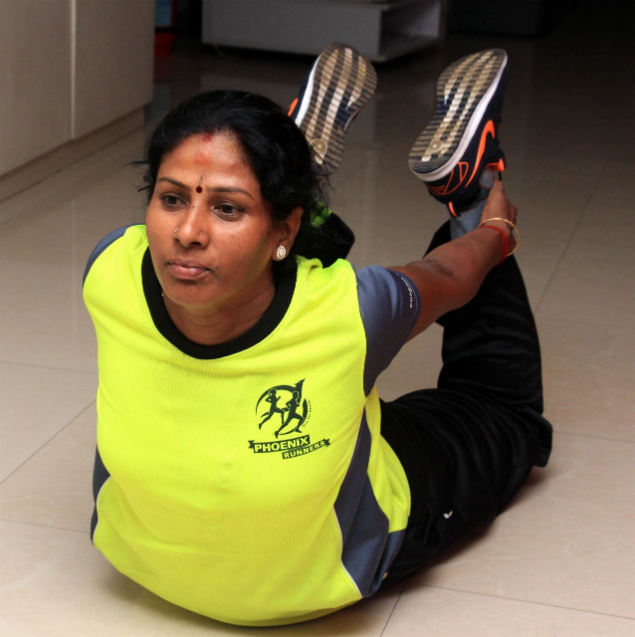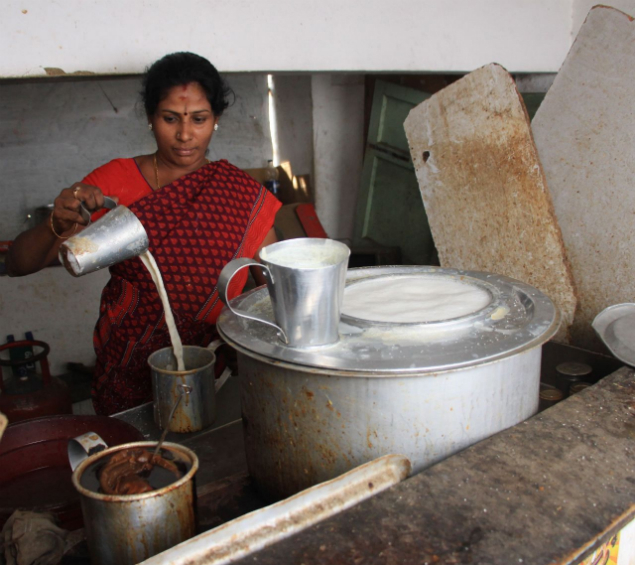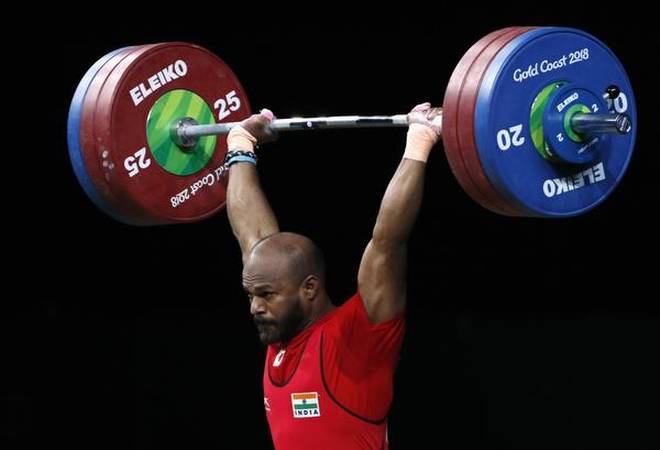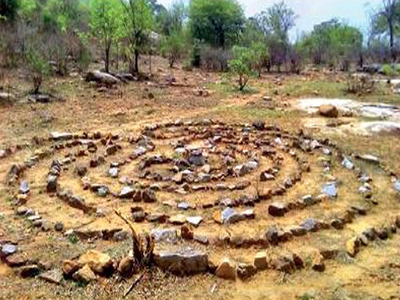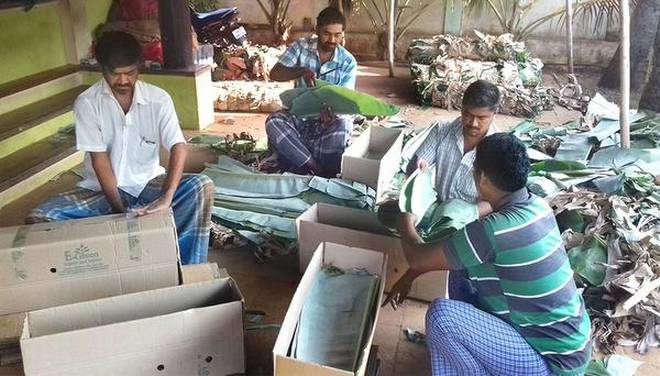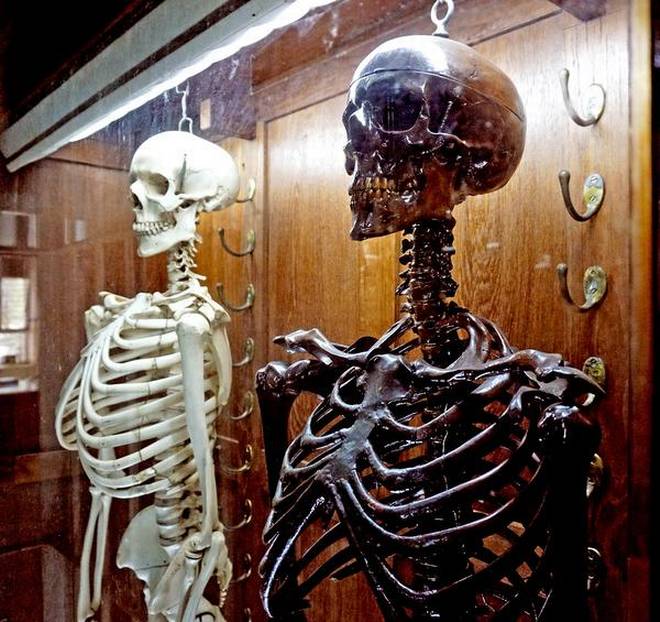At 49 years, a dyer shop in Royapuram stands testimony to the unfading charm of this craft
J. Suresh, owner of Damodaran Dyeing shop on M.S. Koil Street in Royapuram, has vivid memories of his after-school hours. He would tag along with his mother J. Saroja as she went from door to door to collect clothes, mostly saris, for dyeing. His father V. Jayaraman and elder brother J. Damodaran, after whom the shop is named, would wait at the small rented shop.
This was nearly five decades ago when the dyeing shop had been established. The memories have left an imprint on his mind, like dye on cloth.
Those were the early days of Damodaran Dyeing shop, started in March 1969 with a total investment of Rs. 700.
“Even as a child, I was fascinated with dyes. As my hand would be stained with dyes, my mother would feed me with handfuls of food,” says 45-year-old Suresh, the youngest of four siblings.
Suresh’s forefathers migrated to the city in the late-nineteenth century from Dindugal due to severe drought and crop failure.
As north Madras was then the nucleus of the city, they settled in Old Washermenpet doing all kinds of odd jobs, which included dyeing work. In those days, many street lanes in north Madras had dyeing units that served the weavers in Chintadripet.
In the late 1940s, dyeing units were started in Pallavaram for weavers from Anakaputhur, Pozhichalur and Kundrathur. Jayaraman, Suresh’s father, initially worked in the dyeing units at Pallavaram and then moved to Bombay after independence. And then, in 1969, he established his dyeing shop in Royapuram.
“High rent, shortage of water and high electricity charges are the challenges in continuing the dyeing business. More importantly, dyeing clothes is difficult because we have to spend many hours in hot water during the dyeing process. I am hopeful that my children, one of them is a graduate, will find better jobs,” says Suresh, who can be contacted at 9841237494.
source: http://www.thehindu.com / The Hindu / Home> News> Cities> Chennai / by D. Madhavan / April 13th, 2018
